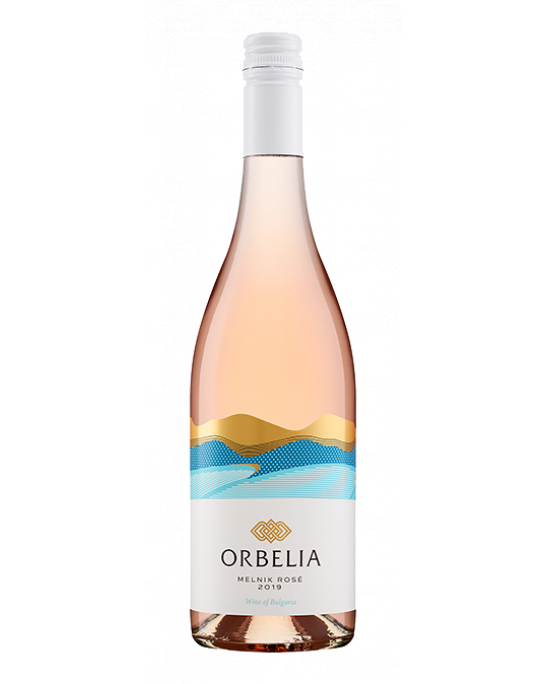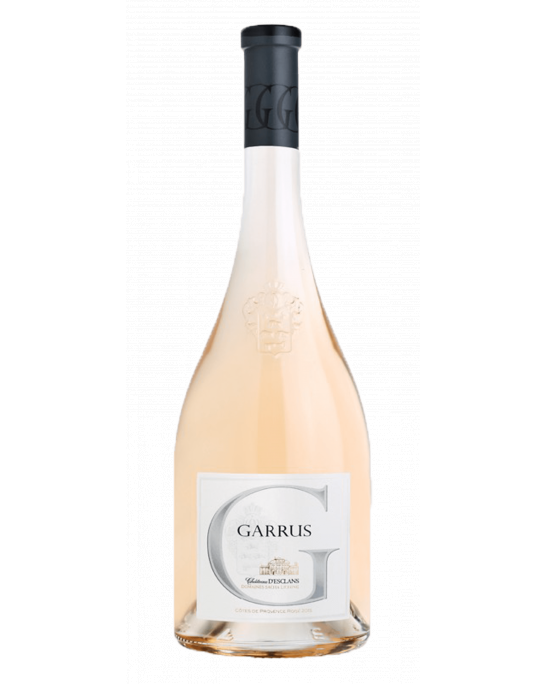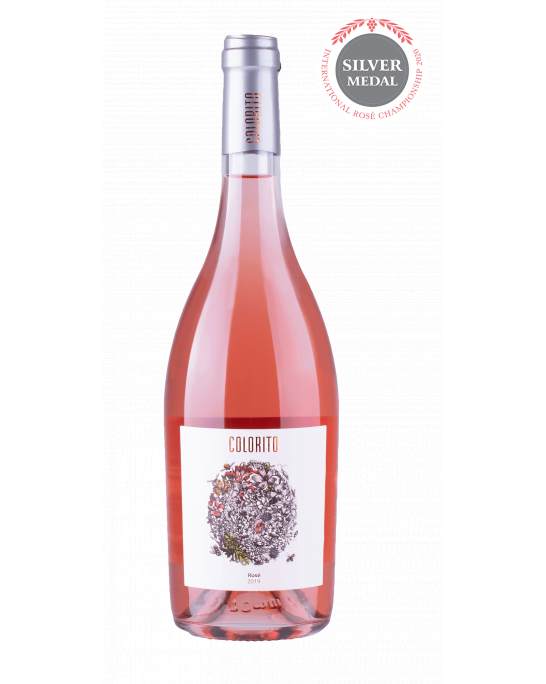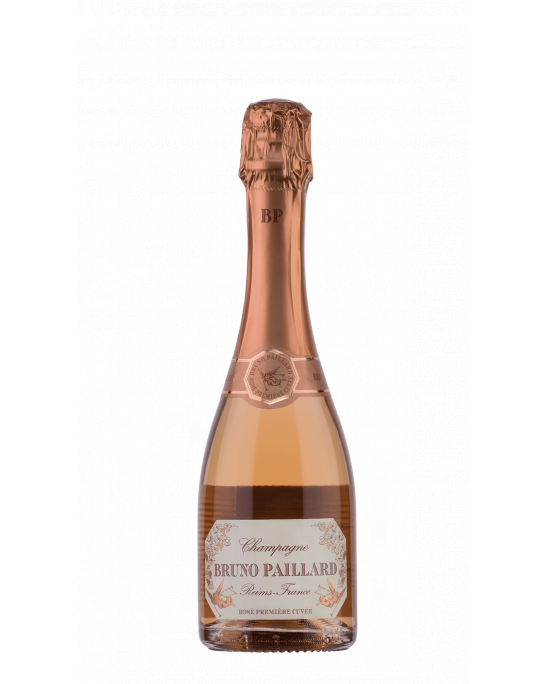Rosè
For many years, the Rosè stood in the shadow of its red and white fellows - highly neglected and underestimated as a type of wine.
MoreRosè
For many years, the Rosè stood in the shadow of its red and white fellows - highly neglected and underestimated as a type of wine.
MoreFor many years, the Rosè stood in the shadow of its red and white fellows - highly neglected and underestimated as a type of wine. Interest in it is aroused by the romantic French Provence, whose Rosè wines are booming in the world wine market, opening this new niche. For many years, Rosé has been considered a "female" wine, but if you are not enslaved to these dogmas and have a broad-minded soul - you are welcome to trust in our Sommeliers’ discoveries of carefully selected representatives of Rose wine.
How the Rosè gets its pink colour?
No, it does not come from mixing white with red wine. Rose is made from red grapes, although there are regions where a certain amount of white grapes is allowed in the production process. The colour overflows in the whole range of pink - from pale orange, through salmon, candy pink, to dark, almost similar to the red of a young wine. In which part of the spectrum the final wine colour will be depends on the duration of contact with the hard parts of the grapes - the skins, which are the factor determining the colour of each wine.
Which are the grapes used for Rosé wine?
In principle, each red grape variety allows the making of Rosès from it, but there are some varieties that have established themselves as the most suitable - Cabernet Franc, Syrah, Pinot Noir from France, the latter is traditional for Champagne and Rosès there. The typical blend of southern France - Syrah, Cinsault and Grenache - is gaining more and more popularity around the world, especially with its variation from Provence - a fresh, tender, light and easy to drink wine with a pale and transparent colour. In Italy and Spain, they rely on their local grape varieties for the production of Rosès and the styles are varied depending on the region.
Is the Rosé wine suitable for ageing?
The standard Rosè is made by the technology of white wine, but from red grapes. This suggests that its idea is to be consumed as a fresh drink. However, there are regions and wineries that take this type of wine more seriously and their production is focused on ageing. These are the Rosès from the Bandol appellation in France and some other examples from Spain, Portugal etc. Of course, we should not miss the Champagne Rosès here - especially the vintage ones.
How to choose a good Rosé wine?
Like white and red wine, Rosé can be a very complex and interesting drink, despite the prevailing opinion that it is a light and drinkable everyday wine. In fact, the different styles of Rosè determine the way it is consumed. If you are looking for an aperitif to open your senses or just cool off on a hot summer day, you can always count on non-vintage Champagne or fresh Provencal Rosès. For accompaniment of light salads and appetisers, bet on an elegant Rosè from Bordeaux, and for dishes with fish and seafood you can easily prefer the denser and richer representatives from Italy and Spain.
Rosè from Bulgaria? Why not…
The solemn march of the Rosès around the world does not pass Bulgaria either. More and more manufacturers rely on its production, as the dominant style is Provence - light, fresh, elegant and translucent in colour. Different varieties are used for its production - here our native oenologists don’t stop experimenting - with French and local varieties, as well as a blend between them. Browse the selection of Seewines to find the best examples from all over Bulgaria, especially selected by our sommeliers.





